News
News / 05/20/2020 / 3177
South Banat and Deliblato Sands have the advantage of being located close to the Danube, at a distance of some 85 km from Belgrade. It is this accessibility that makes them an exceptional weekend destination for all who appreciate unique natural environment of inland dunes, river, flora and fauna, history.
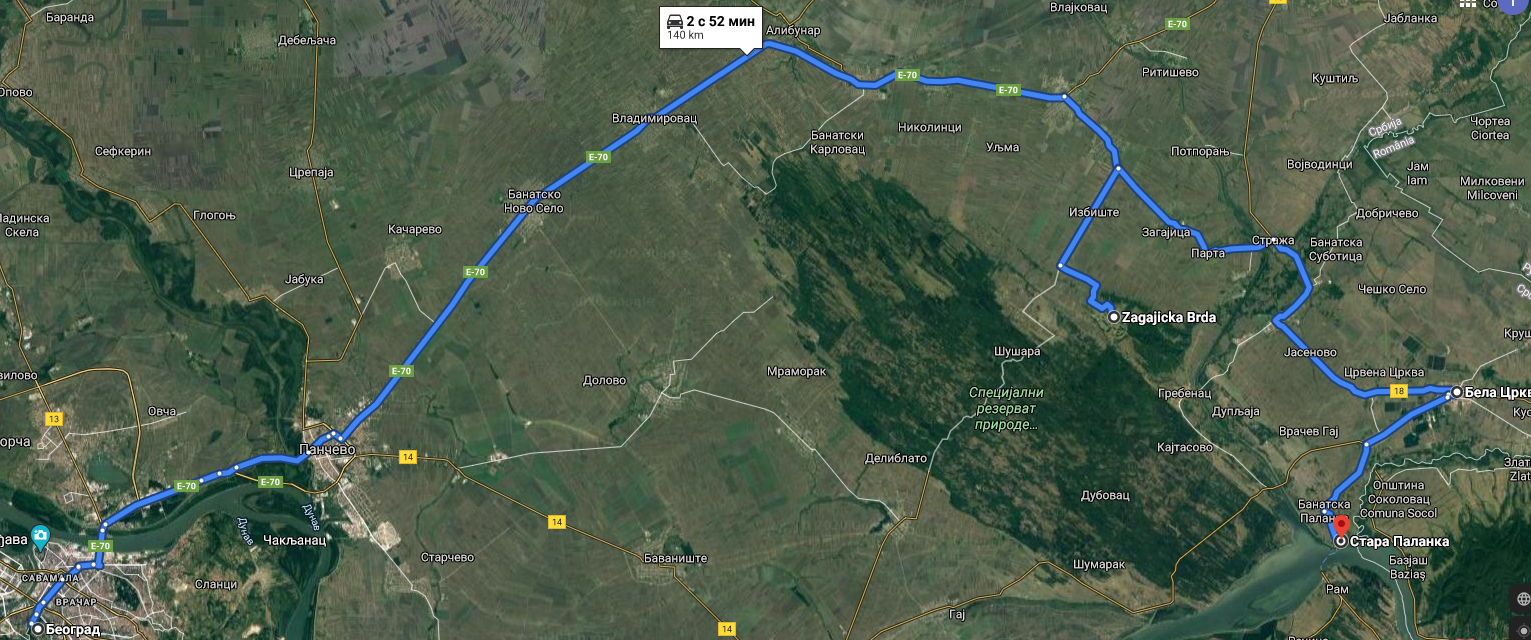
We left Belgrade in the morning following the road that leads through Pančevo to Vršac. The road through the plain is not overly demanding... The view of the plain extends to the horizon, the left side of the road is lined up with blossoming acacia trees (planted a few years ago to prevent formation of snowdrift on the road owing to cutting wind gusts).
Zagajica Hills are not a destination that is visited by tourists en masse. It is chosen mostly by nature lovers because fairy-tale hilly landscapes really can't be found anywhere else. That's why it's not easy to find them. The easiest way to reach them by car is to turn off the road Pančevo-Vršac towards Bela Crkva in the vicinity of Uljma village. Then, when leaving the village of Izbište, turn right towards the village of Šušara (you should be careful because there is no signpost at the crossroads. Later on, we noticed that there is a sign indicating the village of Šušara when approaching the crossroads from the opposite direction, i.e. from Bela Crkva). After the crossroads, the road leads straight through the plain, and suddenly the hilly part of Deliblato Sands will appear in front of you. After the road climbs the hill, there is a slight curve to the right and then follows the first crossroads where the asphalt road intersects with two dirt roads that lead through the corn and sunflower fields. Well, that's where you need to park your car.
From there, follow the dirt road on the left. The path is not demanding for walking and initially leads you through corn and sunflower fields. There we already had the opportunity to meet a badger, which we obviously surprised, so it quickly slipped into the nearby bushes. After a few hundred meters, in the distance you will see an antenna located at the top of Zagajica Hills and then you just need to follow the path that goes towards it. After about 4 kilometers of easy walking, you will see a scene similar to the Hobbit scenes from the movie The Lord of the Rings. Emerald green hills dotted with tree belts alternate in front of you. You can very easily follow the ridge of the hill from one to the other or simply go down between them and explore them from a completely different perspective. Zagajica Hills are in fact sand dunes that have been overgrown with steppe vegetation over time, and this is clearly visible in places where the grass is thinned.
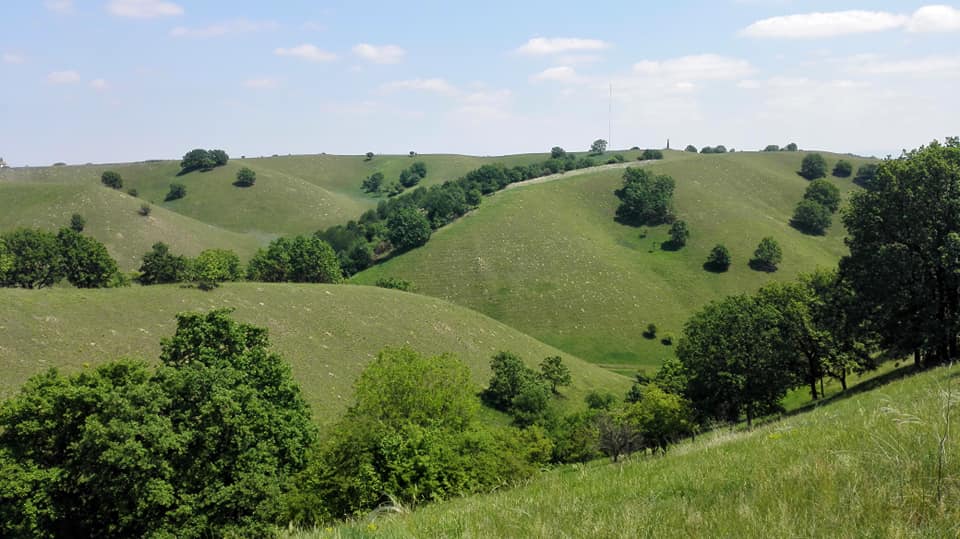

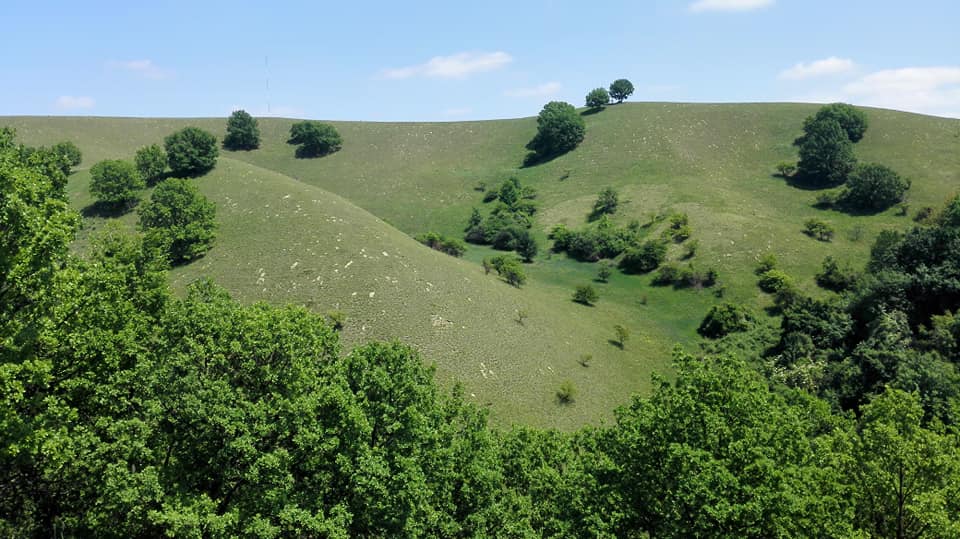
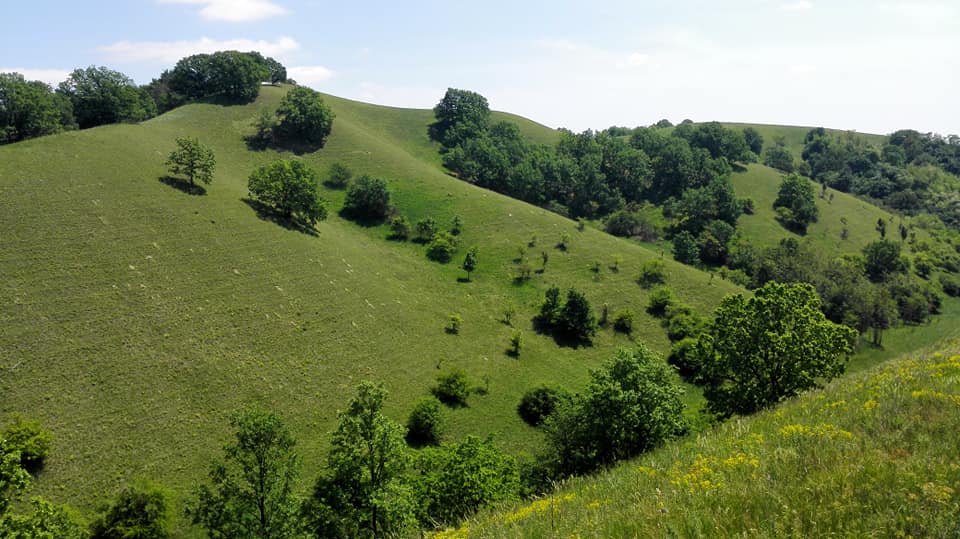
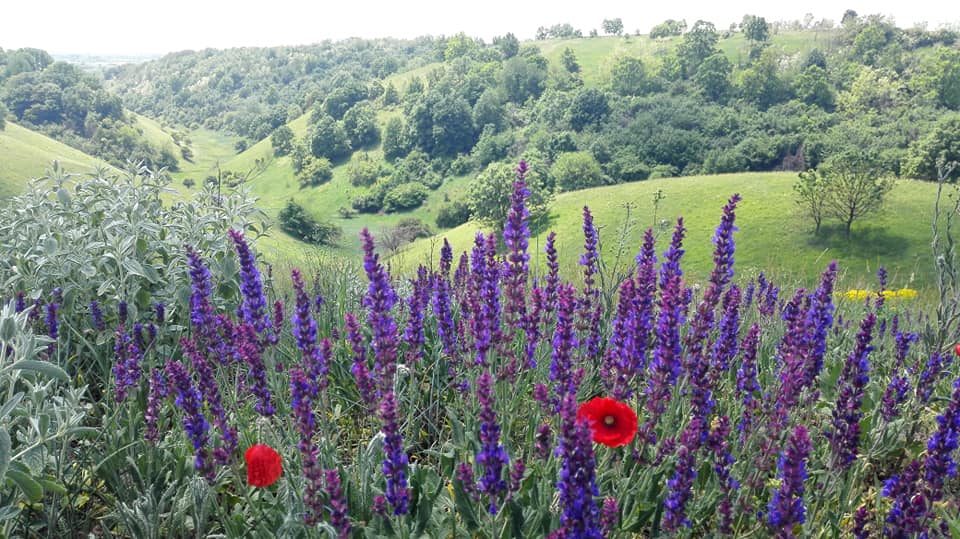

Staying close to nature, landscapes and steppe vegetation that you will remember for a long time will surely motivate you to stay a few extra hours there, so leave enough time for Zagajica Hills when planning your trip.
After we returned to the asphalt road, we continue driving towards the town of Bela Crkva. The vineyards of Bela Crkva, similar to Vršac, used to be one of the most important vine-growing areas in Austria-Hungarian Empire, from which huge quantities of wine supplied all parts of the great empire. "Sand wines" had their reputation among consumers and recognition for their freshness, accentuated fruitiness and fine mineral trace. Nowadays, small plots of vineyards in nearby villages give only a hint of the former size and importance that this part of Serbia had in terms of winemaking.
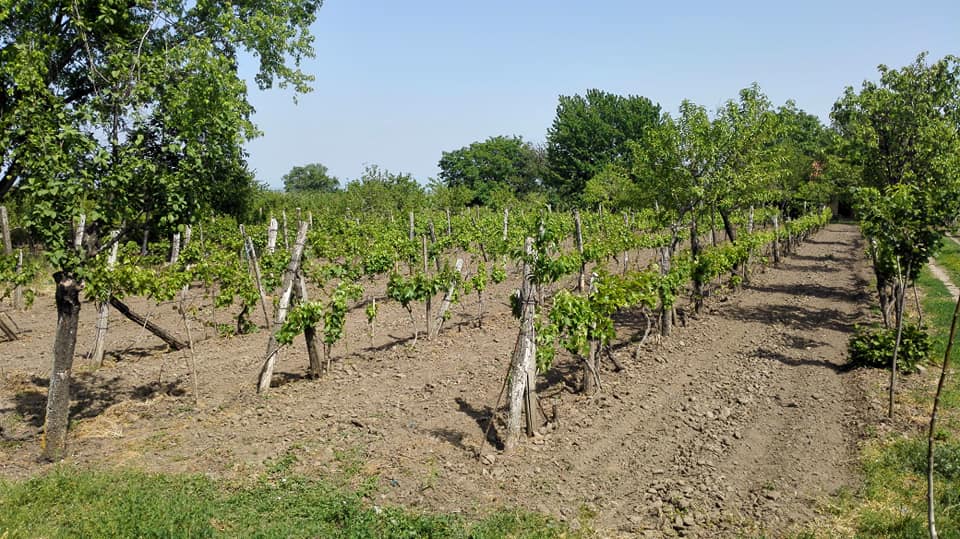

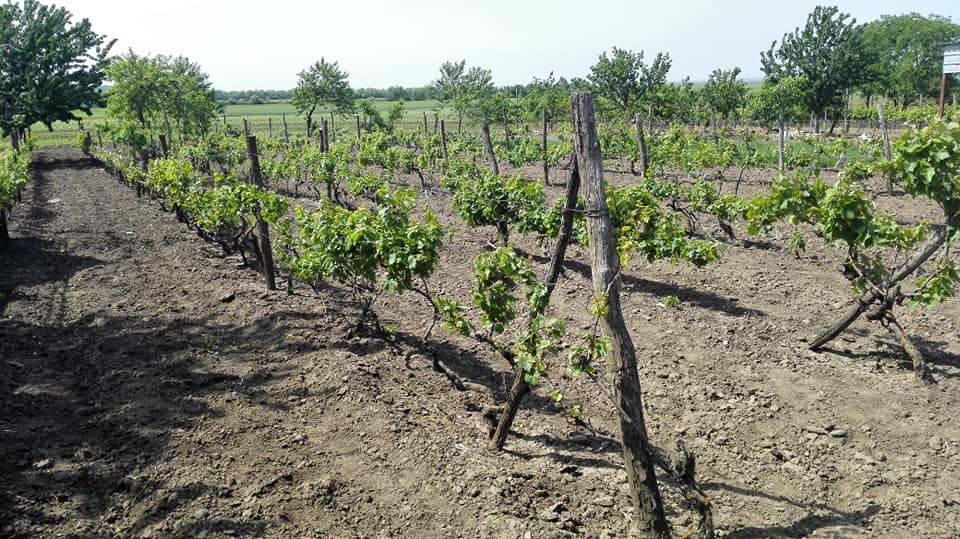
Anyhow, this entire region has numerous traces of German influences, because a large number of German immigrants from Franken, Swabia, Hessen and Württemberg regions arrived in Southern Banat during the Austro-Hungarian Empire,. The road takes us through the village of Crvena Crkva, which was called Rotkirchen during the Austro-Hungarian Empire. Today's church of St. Annunciation constructed in the Byzantine style is younger. It was built in 1912 on the site where a church from the 18th century once stood, but it has retained its characteristic red color after which the village was named.
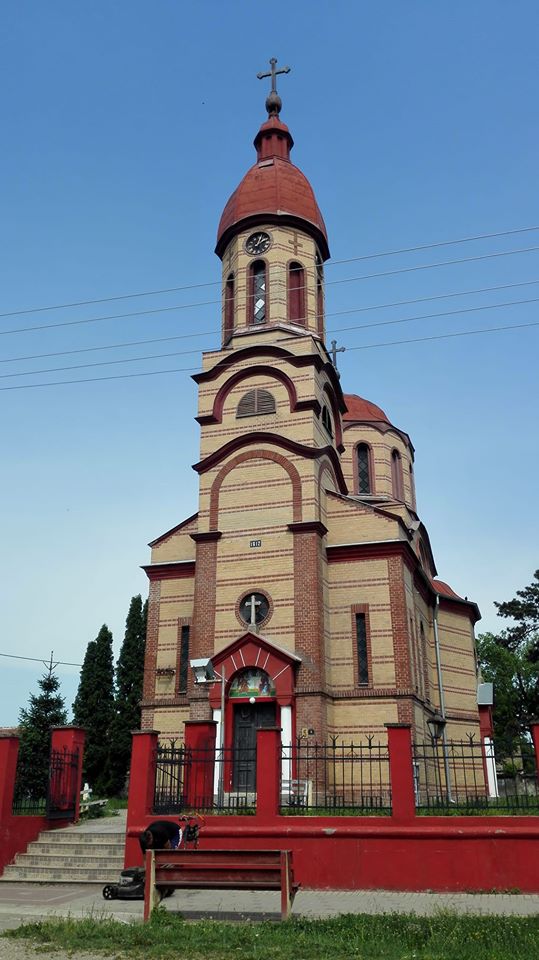
Bela Crkva (White Church) is a beautiful town located near the slopes of the Vršac mountains, which create the setting for dream-like panoramic view dominated in the foreground by the towers of Bela Crkva churches. The best starting point to visit the city is the Three Crosses lookout point, where the Germans executed 100 inhabitants of the town in 1943 (during the Second World War). From there, one can admire the beautiful panorama.
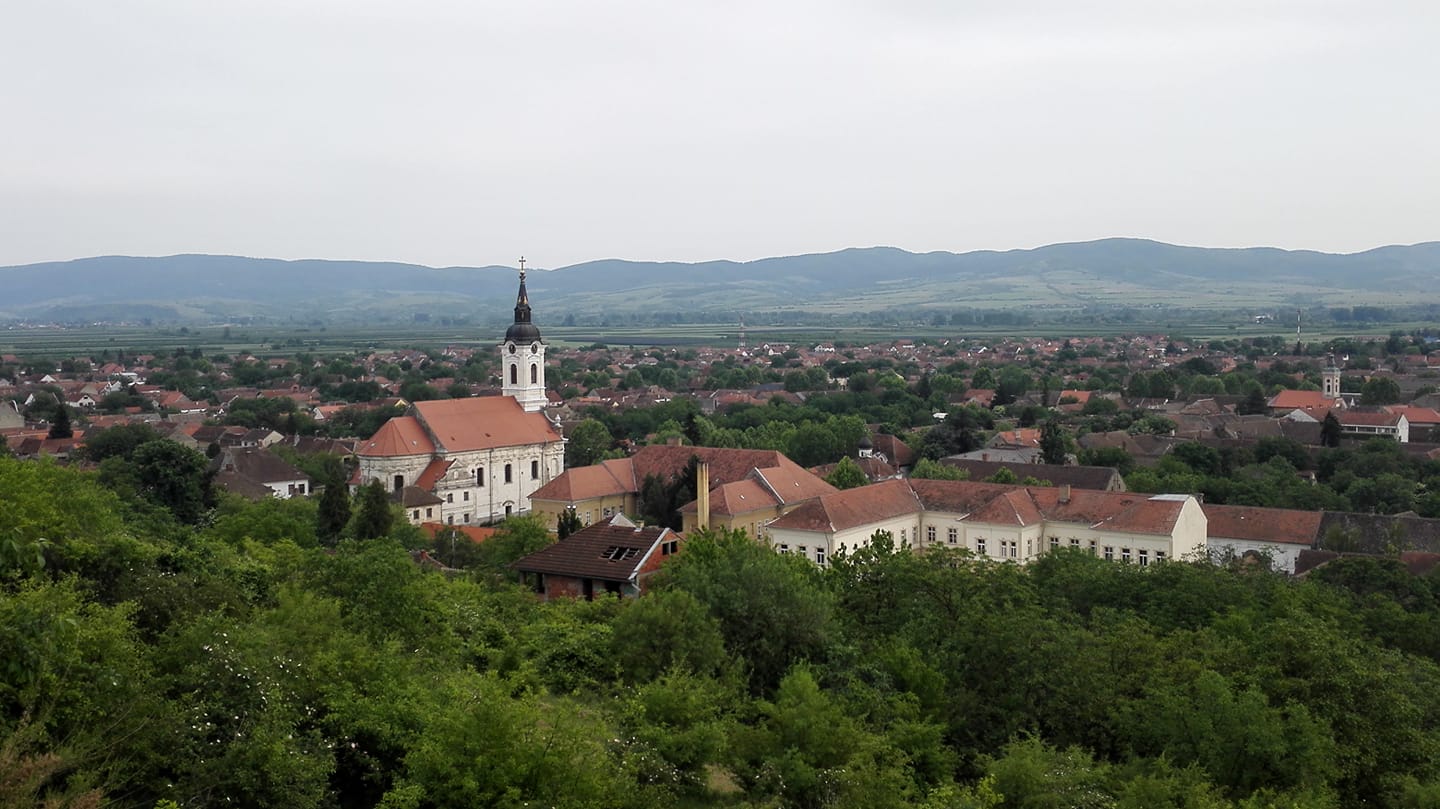
At the foot, you first reach the Catholic church built in the period 1803-1806 and the Russian church built in 1930 on the town square surrounded by century-old trees. Right next door is the oldest house in the town, built in 1738 in the Baroque style. The tour of the town is reduced to the main street because the most significant examples of local architecture are located along it. The building which houses the orphanage is an extraordinary example of the Viennese Art Nouveau style. I must also stress that old architecture of Bela Crkva has been largely preserved and facades generally look tidy and painted, so you will enjoy seeing different styles of houses, facade colors, decorative elements...

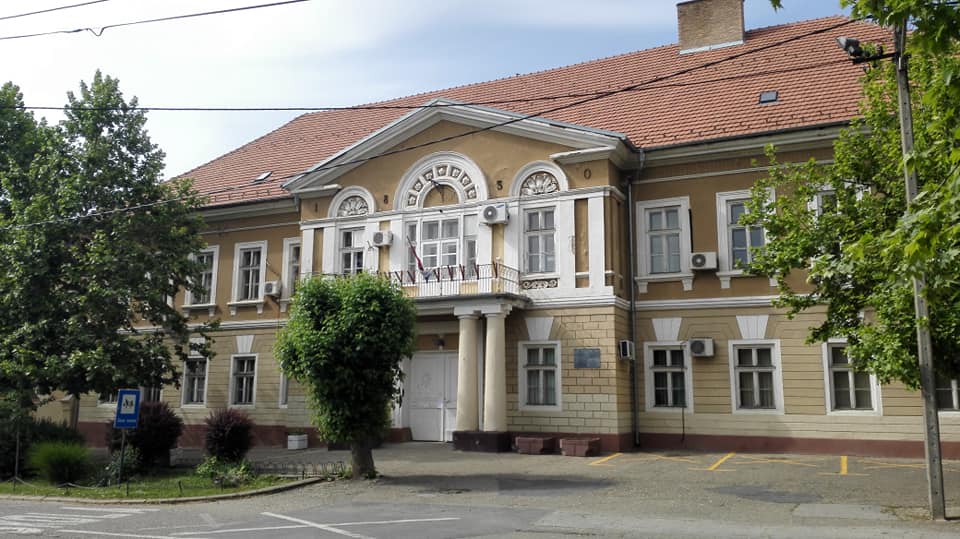
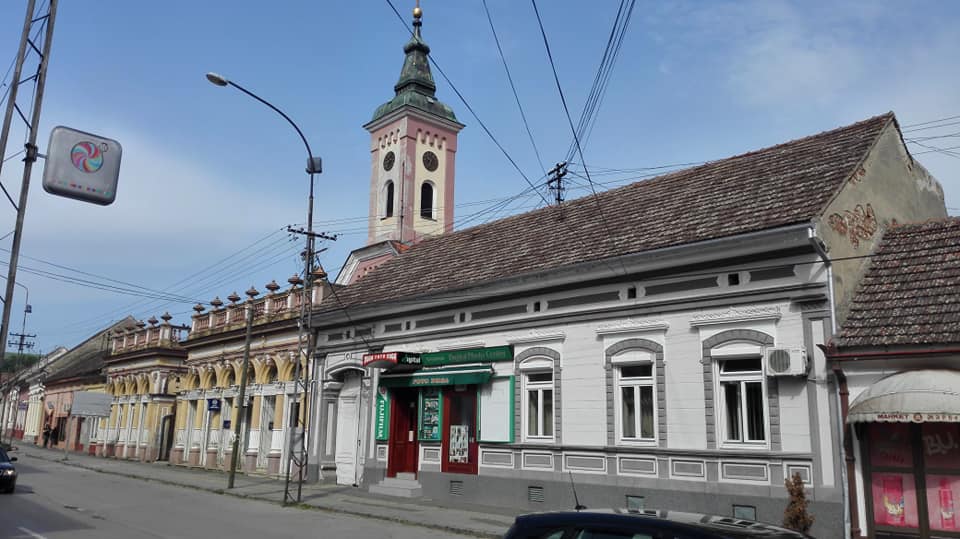
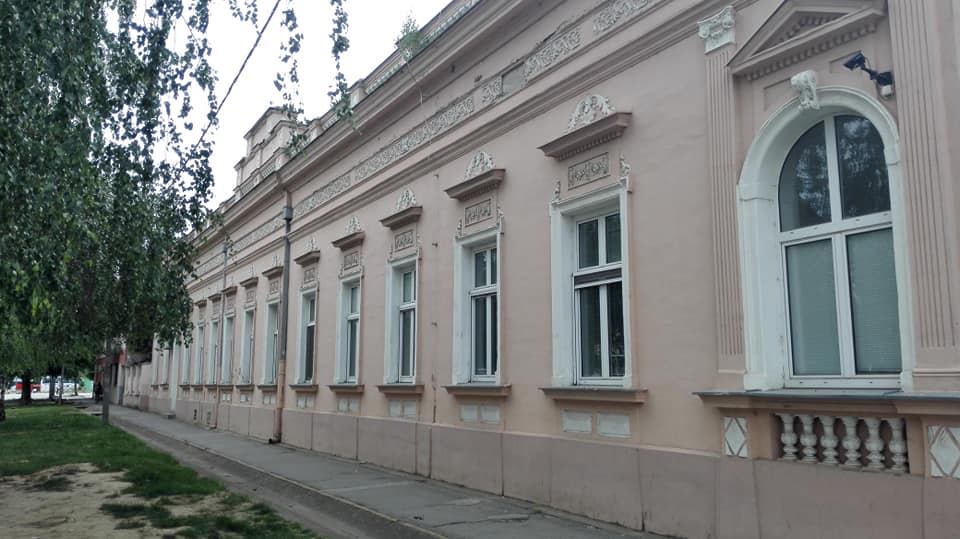
The main street leads all the way to the town park and is full of cafes so you won’t have a problem to pick your favourite place to drink coffee as locals do while observing passersby.
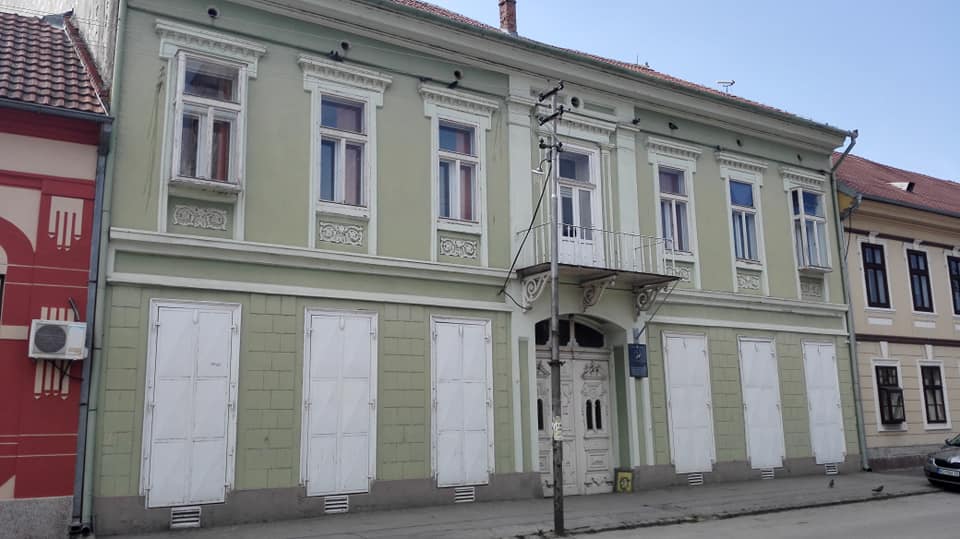
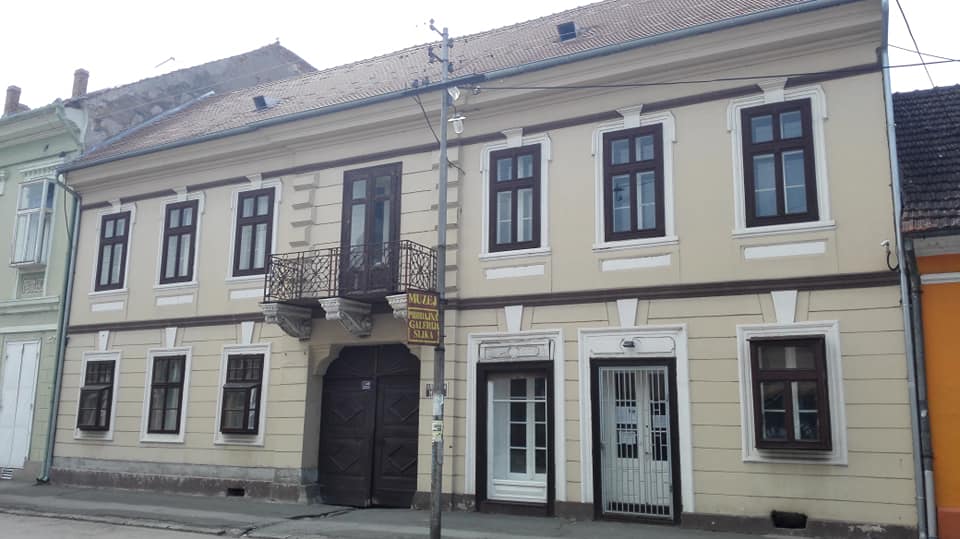
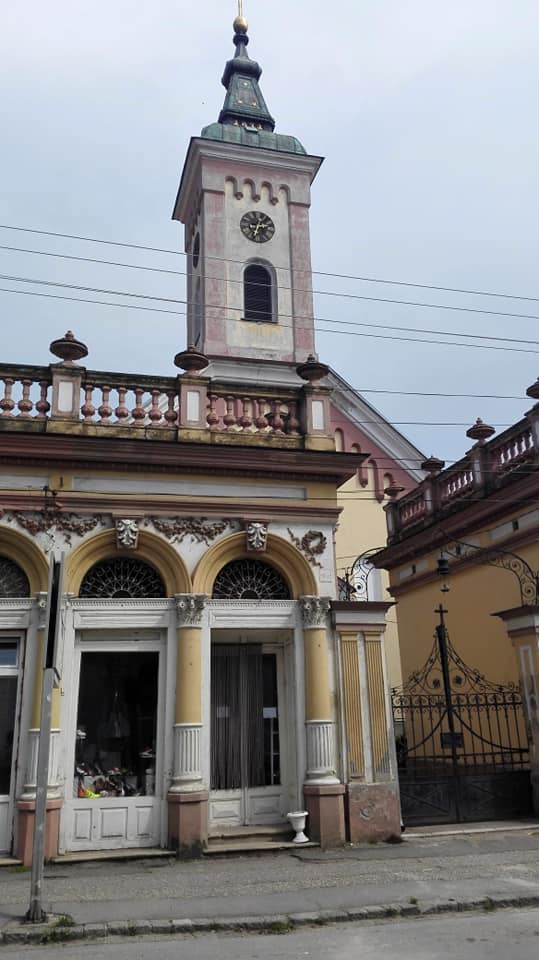
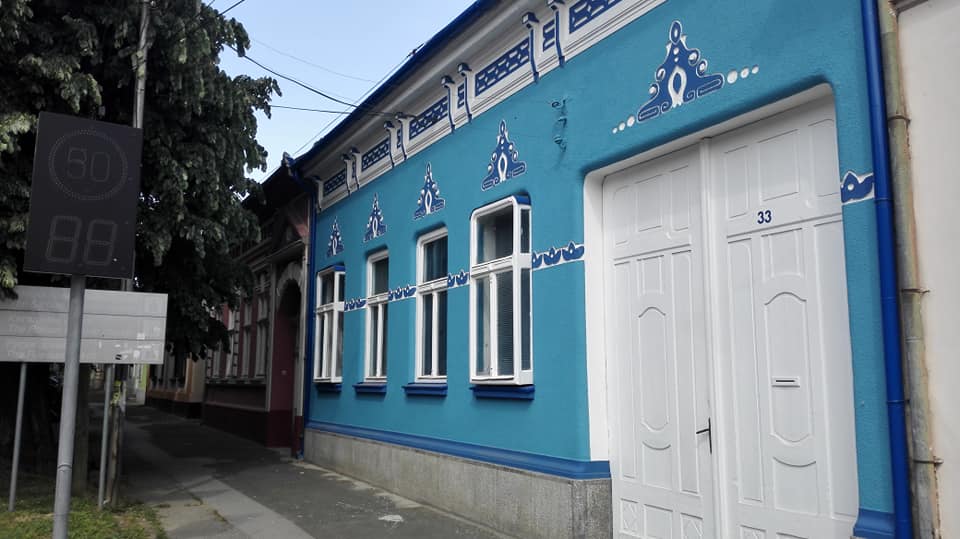
After a walk in nature and exploration of Bela Crkva architecture, you will surely get hungry. On the way out of Bela Crkva, we pass several lakes which are a popular destination during the summer. We head to Banatska Palanka, more precisely to the part called Stara Palanka, which is located on the bank of the Danube and at the place where the Danube-Tisa-Danube canal begins. Stara Palanka is a small place with only a dozen houses, but half of them are restaurants and cafes that offer visitors mostly Danube fish specialties. The view of the mighty Danube is an ideal way to round off this day in Southern Banat.
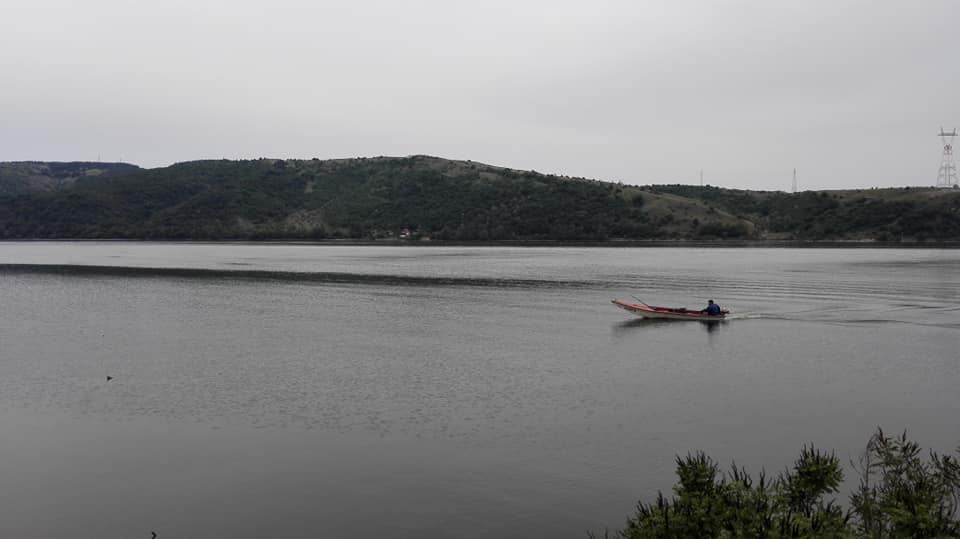
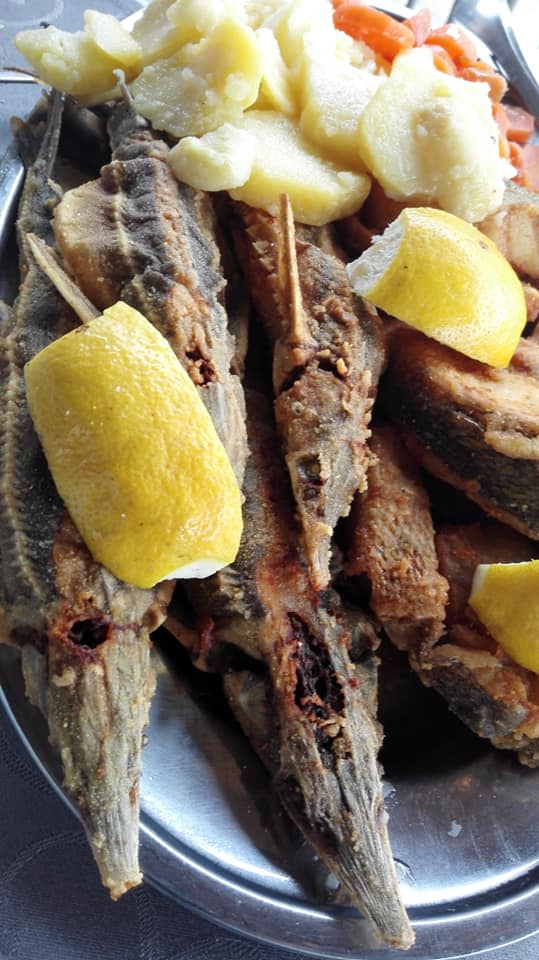
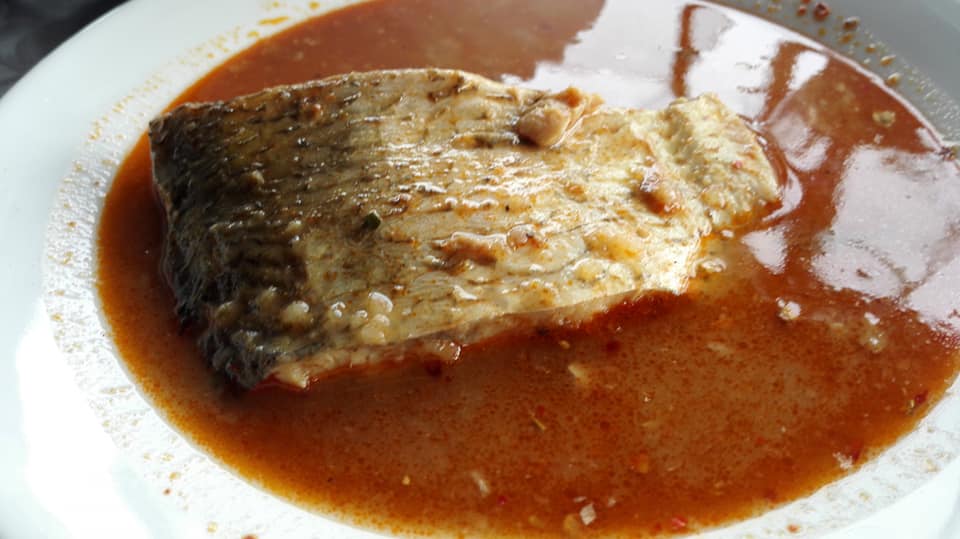
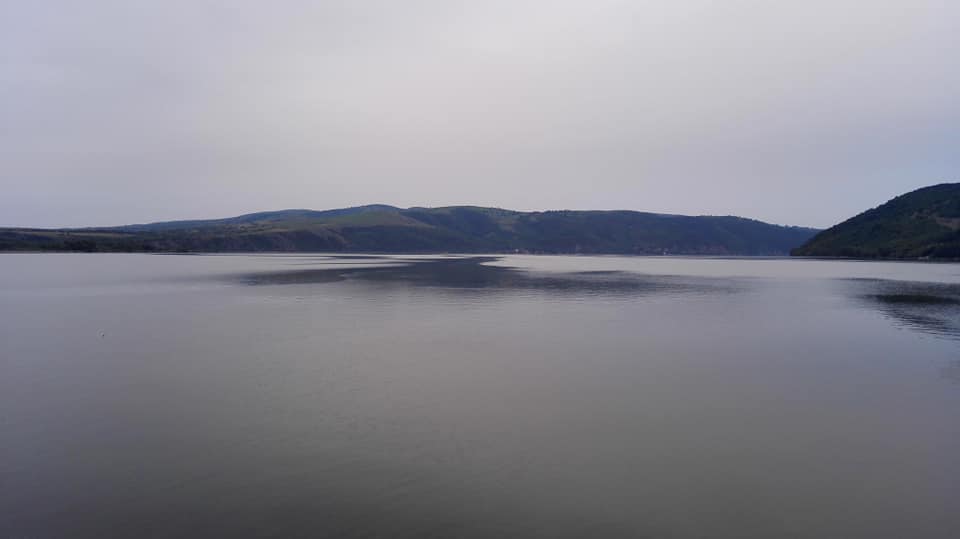
We regret not having more time to explore the nature trail that leads from Stara Palanka to the confluence of the Nera river and the Danube along the border with Romania or to explore local wines in one of the wineries in Deliblato Sands, but we will leave that for the next visit to this area.
LOCAL WINES:
Since our goal was the tour of Deliblato Sands and Zagajica Hills, this time we haven't had time to visit local wineries. Đorđe Winery (address: Devojački bunar, Banatski Karlovac) and Galot Winery (address: Vojvode Mišića 127, Banatski Karlovac) are the closest options for you if you take this route to Zagajica Hills. But you can also find local wines in the restaurants.
If you have dilemma regarding ordering house wine in a restaurant, a good indication should be the name of Marinković Winery from Vršac. In restaurants, their wine is often served as house wine, and the quality is quite satisfactory. In Stara Palanka, restaurants have a lot of guests, so bulk wine gets consumed quickly. Therefore, wines come out on the table in an appropriate condition without excessive oxidation due to inadequate storage.
If you are looking for bottled local wines, it is recommended to taste some of the local whites such as Muscat Otonel from Soul Wine or Drašković Winery, a nice blend of Traminer and Tamjanika from Galot Winery under the label Balerina, Pinot Grigio from Galot or Đorđe winery (a blend with Chardonnay under the label Fresca Bela), Frankovka from Soul Wine or Drašković Winery, and Merlot or Pinot Noir from Rnjak winery. And if you want to take something special home, then stop in Banatski Karlovac at Galot Winery and treat yourself to Gala 2016 sparkling wine made by the traditional method.

Tomislav Ivanović
Awarded wine writer, wine critic and contributor to selected wine magazines. WSET3-certified author and editor-in-chief of www.vinopedia.rs. Member of Vojvodina Sommelier Association. Juror in national and international wine competitions. Lecturing about wines of Serbia and the Balkans. Local partner of Wine Mosaic organization. Co-founder of International Prokupac Day.

Pročitajte i druge članke iz ove rubrike:


BALKVIWINE 2025 BEOGRAD
PROČITAJ VIŠE
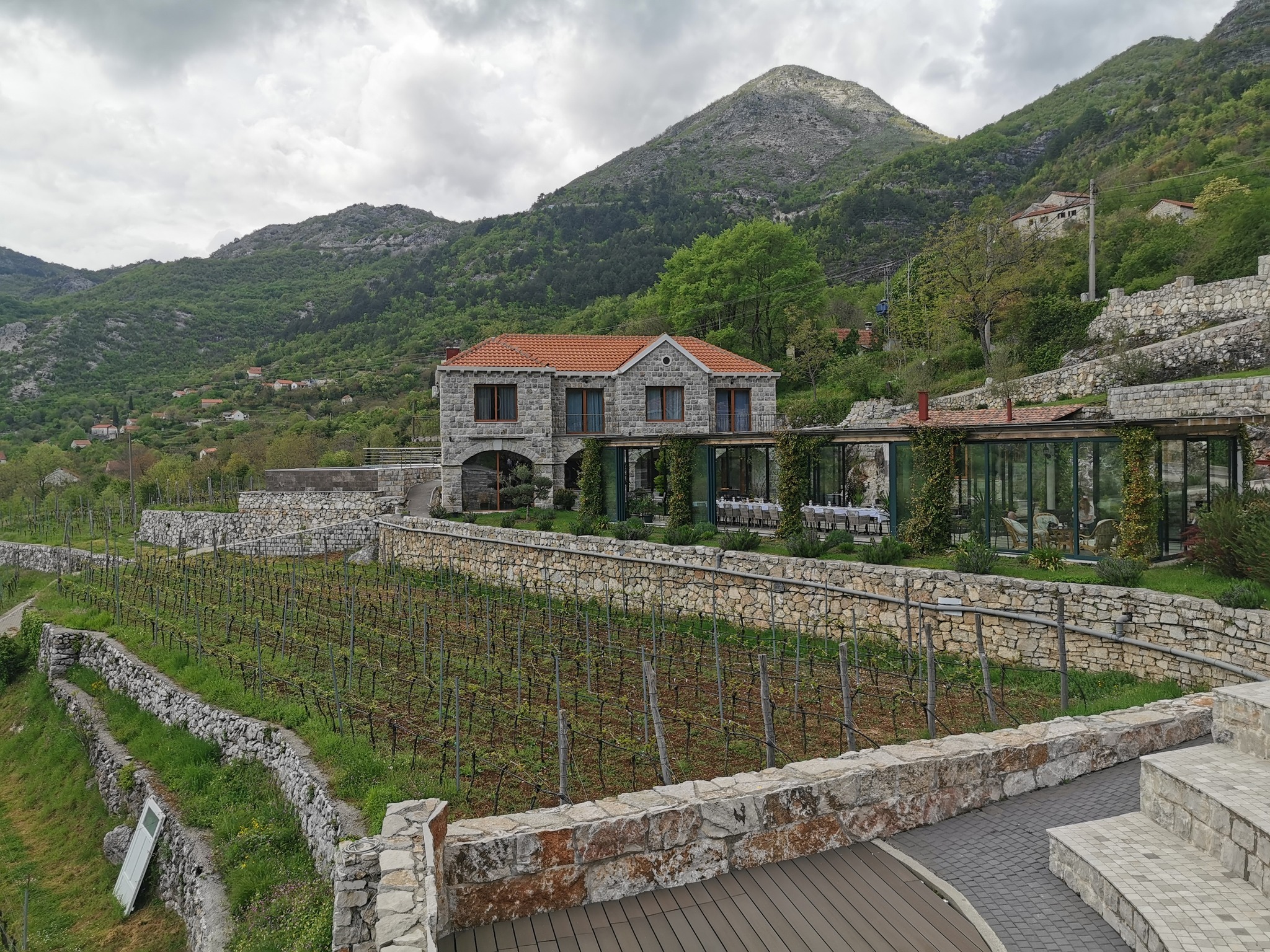

KRATOŠIJA PROBUDILA CRNOGORSKE VINARE
PROČITAJ VIŠE
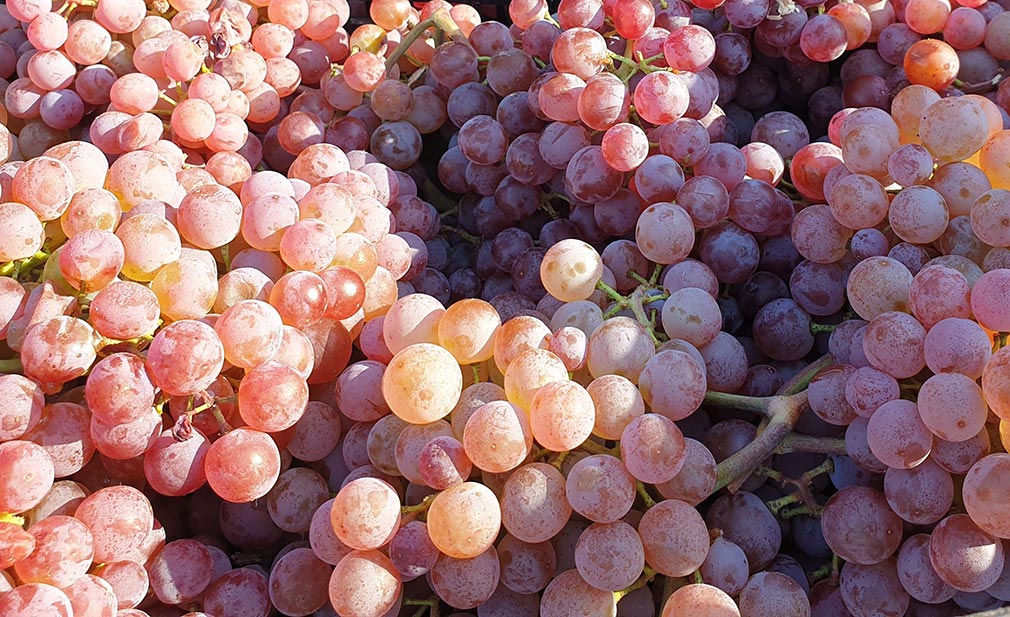

VINOPEDIA TOP 10 2024
PROČITAJ VIŠE
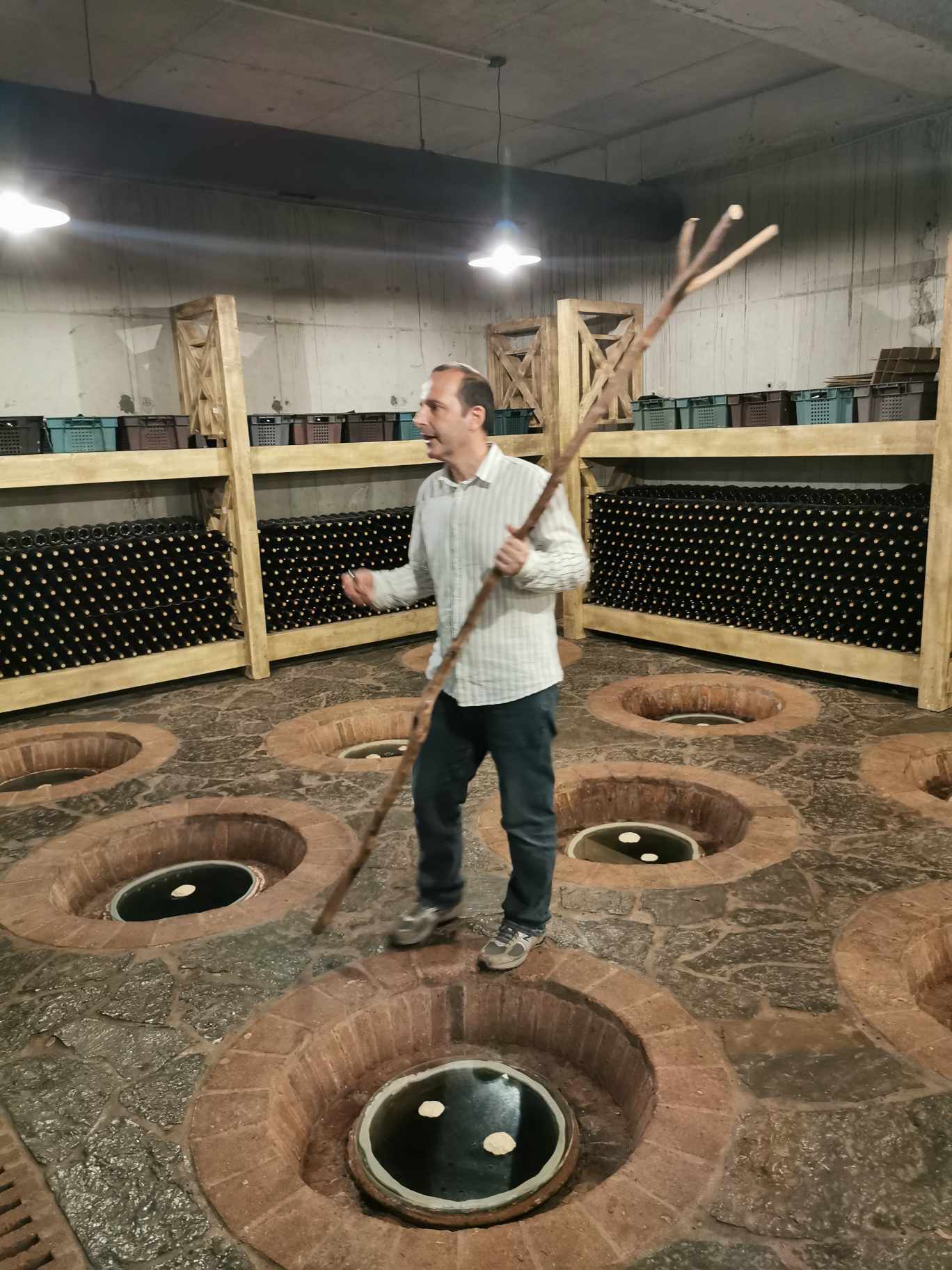

GIUAANI - VINSKI TURIZAM NA GRUZIJSKI NAČIN
PROČITAJ VIŠE


SPASIMO STARE VINOGRADE SRBIJE
PROČITAJ VIŠE
Winner MILLESIMA BLOG AWARD 2016

Pobednik MILLESIMA BLOG AWARD 2016
VINO & FINO wine personality of the year 2016

VINO & FINO vinska ličnost godine 2016